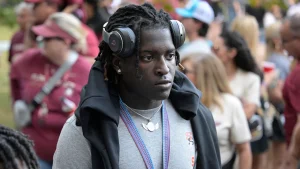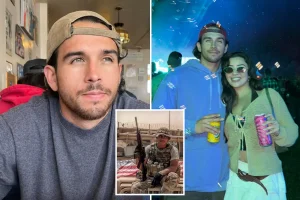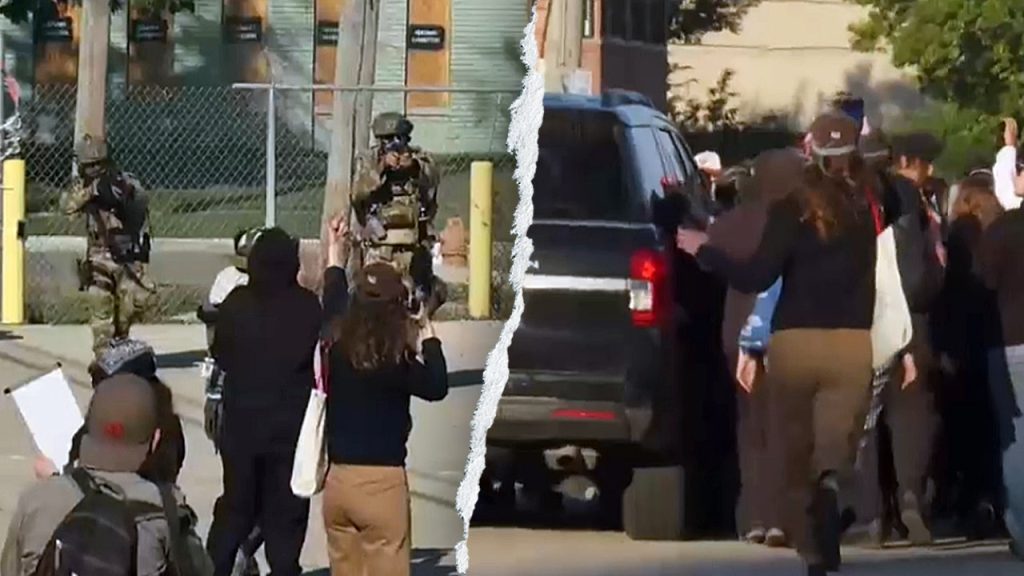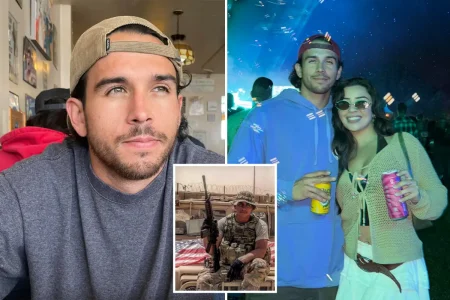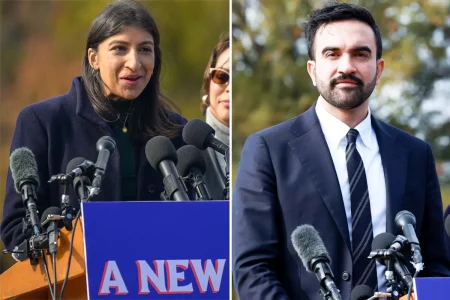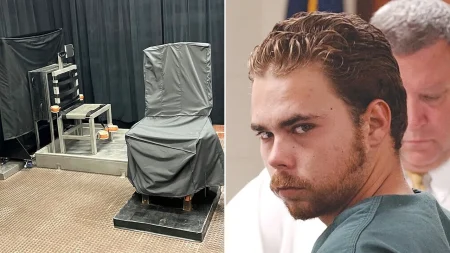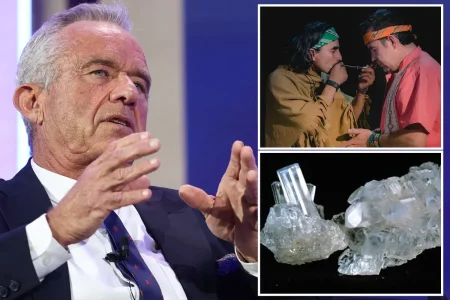Tensions Escalate Between ICE Agents and Protesters in Chicago Suburb
In a suburb of Chicago on Friday, federal law enforcement agents found themselves in a tense standoff with anti-Immigration and Customs Enforcement (ICE) protesters. The confrontation in Broadview, Illinois, involved the use of pepper balls and tear gas against approximately 50 demonstrators who had gathered at an ICE processing center. According to an ICE spokesperson, two protesters were arrested during the incident, with one found to be carrying a firearm. The situation escalated when protesters attempted to prevent vehicles from leaving the facility, prompting federal agents to take action to clear the area. This confrontation came just two days after a tragic shooting at an ICE facility in Dallas, Texas, where a gunman killed one detainee and injured two others before taking his own life, adding a layer of tension to the already volatile situation in Illinois.
This wasn’t the first clash at the Broadview facility. Just a week earlier, a more violent confrontation resulted in 16 arrests. According to the Department of Homeland Security (DHS), that demonstration involved “rioters and sanctuary politicians” who engaged in various disruptive and destructive activities. These included throwing tear gas cans, rocks, bottles, and fireworks at law enforcement officers, as well as slashing car tires, blocking the building entrance, and trespassing on private property. The DHS statement specifically noted that rioters had assaulted law enforcement officials during these altercations, highlighting the increasingly confrontational nature of these demonstrations. The Broadview facility has become a focal point for tensions as it currently serves as the main processing center for what authorities have named “Operation Midway Blitz.”
The purpose of Operation Midway Blitz, according to DHS statements earlier this month, is to “target the criminal illegal aliens who flocked to Chicago and Illinois because they knew Governor [J.B.] Pritzker and his sanctuary policies would protect them and allow them to roam free on American streets.” This characterization of the operation reveals the deeply political nature of immigration enforcement in the region, with federal authorities explicitly criticizing state-level policies. Meanwhile, the protesters who gathered on Friday were specifically opposing the transfer of ICE detainees to out-of-state holding centers, according to local news reporting by Fox 32 Chicago. This suggests that the demonstrators’ concerns focused on the treatment and displacement of detainees rather than broader immigration policy.
In the aftermath of the Dallas shooting, Homeland Security took to social media platform X (formerly Twitter) with a strongly worded statement that accused “sanctuary politicians” of having “demonized federal law enforcement as the enemy — placing a target squarely on the backs of the brave men and women of ICE.” This rhetoric reflects the increasing polarization surrounding immigration enforcement, with federal authorities suggesting a direct link between critical political discourse about ICE and violence against its personnel. The DHS statement concluded with the stark warning that “Hateful anti-ICE rhetoric costs lives. Stop now, before these lies damage more innocent people,” drawing a direct causal relationship between political criticism and physical violence.
The confrontations in Broadview illustrate the widening divide between federal immigration enforcement policies and local resistance to those policies. On one side, ICE and DHS officials frame their operations as necessary law enforcement activities targeting individuals they characterize as “criminal illegal aliens.” They position themselves as protecting American communities while being unfairly vilified and obstructed by local politicians and protesters. On the other side, demonstrators and those supporting “sanctuary” policies view ICE operations as inhumane, disruptive to communities, and often excessive in their methods. The protesters’ efforts to block vehicles and their presence at the facility reflect a grassroots attempt to interfere with what they perceive as unjust deportations and detentions.
These tensions in Illinois come at a time when immigration remains one of the most divisive political issues in America. The language used by both sides reveals deeply entrenched positions: federal authorities use terms like “blitz” and “criminal illegal aliens,” while protesters and their supporters speak of sanctuary, protection, and human rights. The physical confrontations at the Broadview facility are thus manifestations of a much broader ideological and political conflict about America’s approach to immigration, border security, and the treatment of undocumented individuals. As federal operations continue and local resistance persists, these confrontations may well continue, reflecting the unresolved tensions in American immigration policy and enforcement.
